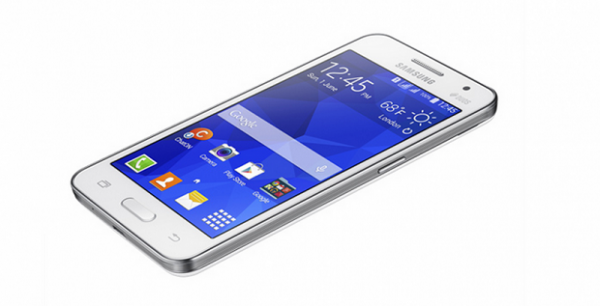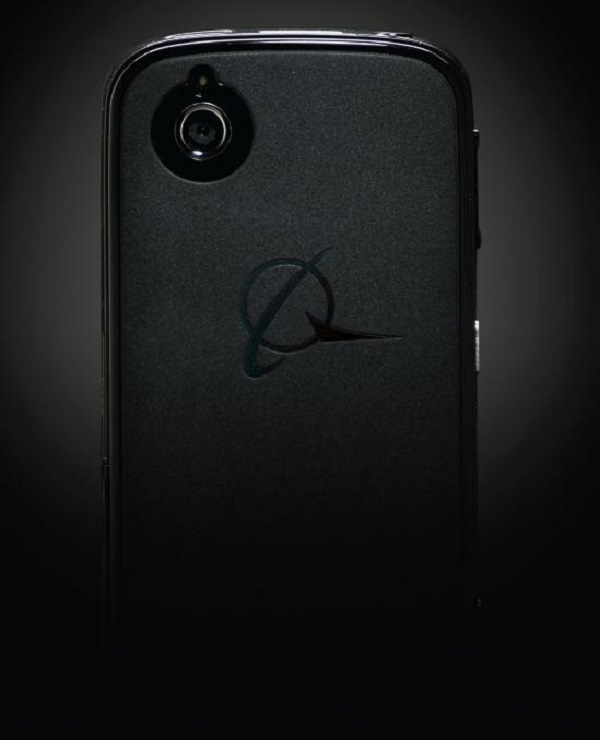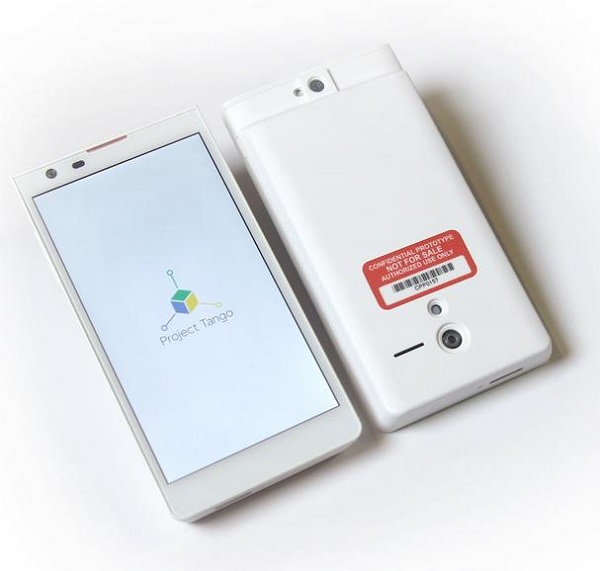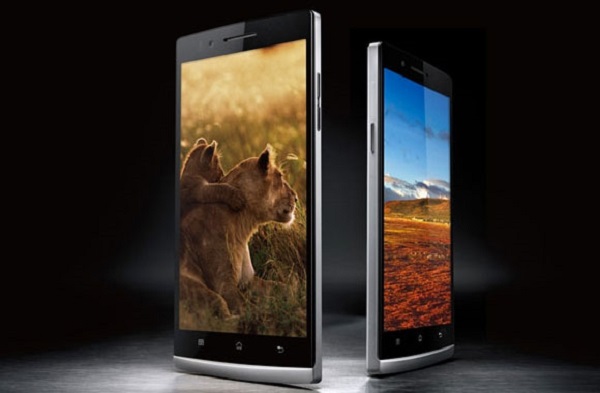
Android users have made a habit from running more and more resource-hungry apps at a time, and smartphone manufacturers need to accommodate by increasing the amount of RAM of their devices.
ECOO, a subsidiary of the better-known Chinese smartphone manufacturer Elephone, has launched an advanced version of its flagship, as it’s always a great idea to add a tad of diversity to performance. The only difference between the E04 Aurora and the E04 Plus is that the latter comes with 3GB of RAM, as opposed to the former’s 2GB, while all the other great aspects have been maintained.
The E04 Plus may not be the best-performing Android out there, but it offers a quality-price ratio that’s rather hard to beat. The first thing to catch the eye of the user is the build quality. E04 Plus’ magnesium alloy chassis is meant to make it a lot more durable than its plastic counterparts, which often even cost more. On the back, both the black (or rather deep blue) and the white versions of the phone feature a carbon fiber pattern, even though that’s probably nothing more than just polycarbonate.
Saying that ECOO’s latest 4G LTE Android smartphone is beautifully designed would really be an understatement. The 5.5″ IPS display with a resolution of 1920×1080 resulting in a pixel density of 401 ppi is protected by a 2.5D Arc screen.
Under the hood, the E04 Plus hosts Mediatek’s MT6752 64-bit chipset, which includes a 1.7GHz Cortex-A53 octa-core CPU (that’s almost twice as fast as the 32-bit MT6582 and 20% faster than the 32-bit MT6592) and a Mali-T760 GPU. In terms of memory, the phablet has the aforementioned 3GB of RAM and 16GB of internal storage. ECOO hasn’t considered launching multiple variants with different amounts of storage since it included a microSD card slot with support for up to 32GB of additional storage.
As far as mobile photography is concerned, the E04 Plus packs an 16MP camera on the back and an 8MP camera in the front. The rear one has a dual-tone LED flash next to it, to make sure that color reproduction is as natural as possible.
ECOO is only concerned about the performance of its flagship, but also about the users’ security and privacy. To protect these aspects, ECOO included a fingerprint scanner in the home button, to help users lock not only the screen, but also messages, picture galleries and apps. This implementation is much convenient, not to mention better-looking, than the one of the phones that feature fingerprint scanners on the back, right next to the camera. ECOO claims that it only takes the scanner 0.1s to identify the fingerprint, with an estimated accuracy of 96%.
Unlike many modern flagships, the E04 Plus has a removable battery, fact that really makes it a keeper. The 3,000mAh capacity, correlated with the phablet’s power-efficient, yet very capable MT6752 chipset, hint at a long-enough battery life to get you through a day or two at the office.
Both the Deep Blue and the White version of ECOO 04 Plus are $198.99 on GearBest, but you can get either of them for $179.99 by using coupon code E04PLUS at checkout. The pre-sale ends on April 15, and the store will start shipping them soon after that.
Be social! Follow Walyou on Facebook and Twitter, and read more related stories about the Mlais M52 Red Note, or OnePlus’ game-changing upcoming product.








